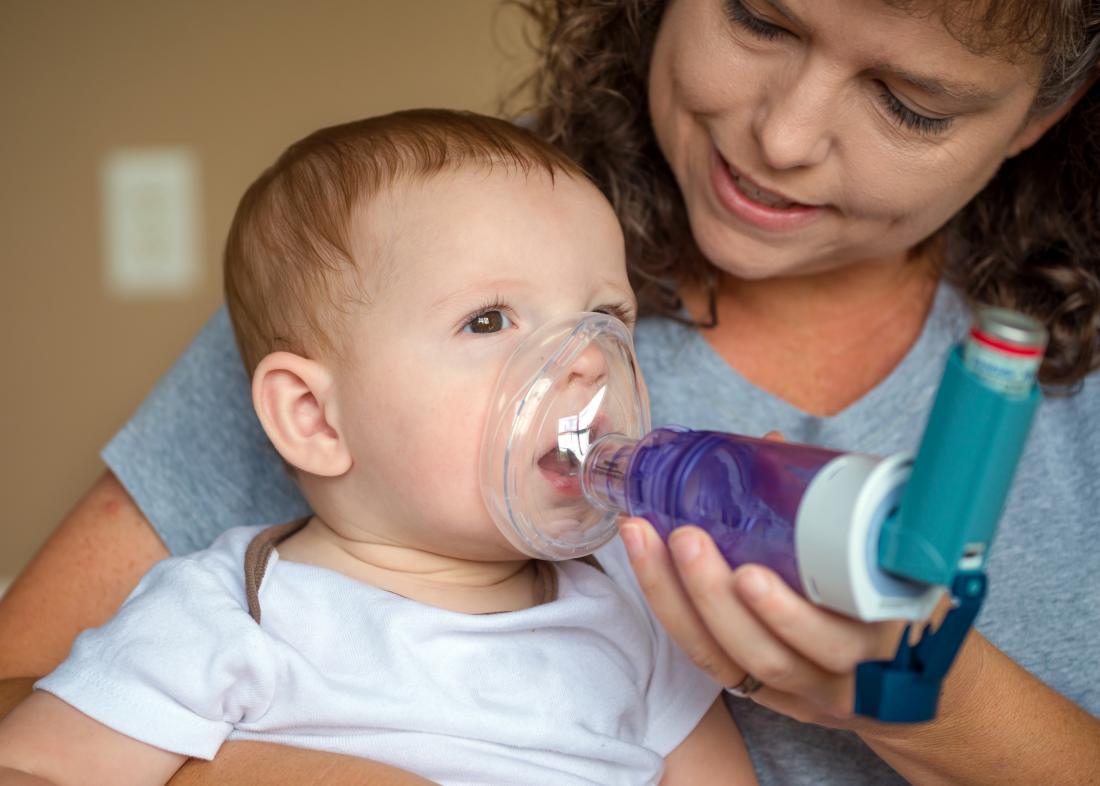Researchers have shown in a recent study that infants, children, and teenagers are all capable of carrying high levels of life and replicating SARS-CoV-2, the virus that causes COVID-19, in their respiratory secretions, highlighting the importance of children in combating the pandemic.
The high levels of virus correlate to the live, infectious virus, according to the study, which found that levels are highest early in the disease in both symptomatic and asymptomatic youngsters. A team from Massachusetts General Hospital (MGH), Brigham and Women’s Hospital, Ragon Institute, MIT, and Harvard University spearheaded the research.
They looked at 110 kids ranging in age from two weeks to twenty-one years old who had tested positive for COVID-19 at MGH or urgent care clinics. The researchers discovered no link between the children’s age and the size of their viral load. They also discovered that viral load did not correspond with the degree of sickness in the kids themselves, which is reassuring, but there are still worries for them and others around them.
“Children can carry the virus and infect other people,” said Lael Yonker, a pediatric pulmonologist at MGH.
“There had been the question about whether the high viral load in children correlated with the live virus. We’ve been able to provide a definitive answer that these high viral loads are infectious,” Yonker added.
As COVID-19 variants continue to emerge, infected children are potential “reservoirs” for the evolution of new variants as well as potential spreaders of current variants, she said.
“Kids with COVID-19, even if asymptomatic, are infectious and can harbour SARS-CoV-2 variants. Variants could potentially impact both the severity of the disease and the efficacy of vaccines, as we are seeing with the Delta variant. When we cultured the live virus, we found a wide variety of genetic variants. New variants have the potential to be more contagious and also make kids sicker,” Yonker noted.
Further, the viral loads of kids in the hospital were no different from those found in hospitalised adults, according to the study. Similar evidence was cited by the Centers for Disease Control and Prevention (CDC) suggesting that when compared to adults, children “likely have similar viral loads in their nasopharynx, similar secondary infection rates, and can spread the virus to others”. The study called for increasing awareness of pediatric COVID and implementing broader testing programmes for children as they are an essential component in the fight against COVID.

